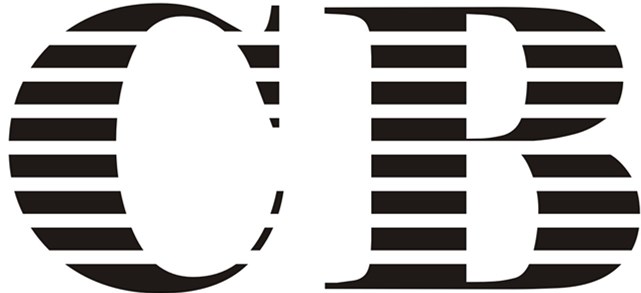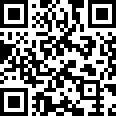He graduated from Wuhan Surveying and Mapping University in 1998 with a bachelor's degree in printing engineering. He graduated from Wuhan University in 2001 with a master's degree in print and communication and is currently working at Guangdong Vocational College of Light Industry.
In 1989, PUR binding adhesives first began trials in North America, when PUR was used only for normal paperback binding. The printing and bookbinding factory that originally used PUR hot melt adhesives found that PUR has a high value in applications such as hardcover books, annual reports, catalogs, yellow pages, and magazines.
Today, PUR is rapidly applied in North America. In 1995, only 28 manufacturers reported using PUR in North America. By the end of 2002, this number has increased to 50. PUR has many advantages over commonly used hot melt adhesives (EVA hot melt adhesives, PVA latex). The most important point is that PUR has a high adhesive strength. After opening the book, the appearance is smooth and easy to read.
What is PUR
PUR is a macromolecular compound with a urethane bond (NH-CO-O), and its molecular refining end is an isocyanate group. The basic composition of the PUR is the addition polymer of an active hydrogen-terminated polyol (polyester, polyether, etc.) and a low-molecular-weight glycol (extractable extender) and isocyanate. The glycol reacts with isocyanate to form a rigid molecular refining section, while the polyol and isocyanate react to form a flexible molecular mixing section. Therefore, PUR is a rigid and flexible hot melt adhesive. In addition, the isocyanate base encounters irreversible cross-linking reactions in the air, forming a strong adhesive layer, which is characteristic of PUR hot melt adhesives.
PUR background
With the diversification of printing products, the printing industry uses various grammage printing papers, plastic films, coating oils, and inks. When the latest PUR adhesives are applied to the bonding of these materials, there will be no great difficulties. . PUR hot melt adhesive can firmly bond the coated paper, its adhesive strength is 40-60% higher than the traditional adhesive. In ordinary wireless bonding, the printing ink on the paper migrates to the spine, and PUR hot melt does not have this problem at all.
What makes PUR unique is its ability to adhere to a variety of materials, including clearcoats, UV-cured layers, plastic films, and coated paper.
The development of PUR
Although the first-generation PUR hot melt adhesives can achieve linked production, it takes up to 24 hours after book binding to achieve the maximum bond strength, in order to withstand external forces during transportation.
The second-generation PUR hot melt adhesive was introduced in 1994 and achieved joint cutting. If there is a certain amount of moisture in the paper, the binding area maintains a high air humidity, and after 4 hours of brushing, a sufficient adhesive strength can be obtained. Despite this, the second-generation PUR has its disadvantages: in the cold winter, the relative humidity of the air drops to 20%, and cross-linking of the PUR glue is a problem.
The third-generation PUR can be fully dried and fixed in just 1 hour, and it requires only the moisture in the paper to complete the moisture-curing cross-linking reaction. The book can be directly off-line for plastic sealing. However, the improvement of the third-generation PUR hot melt adhesive has also had a negative impact. Since PUR can achieve a preliminary adhesive strength in a relatively short period of time, some manufacturers found that the PUR soon became sticky in the plastic pot during use. This is especially evident in wet areas and those who mainly book thin books, because PUR has to stay in the applicator for a long time when thin books are bound.
The fourth-generation PUR is already available. It is much more fluid than the third-generation PUR hot melt adhesive, achieving the desired initial tack strength and extending the residence time of the PUR in the plastic pot. The fourth-generation PUR has replaced most of the second- and third-generation PUR products, especially in new nozzle systems. At the same time, the fourth-generation PUR hot melt binding book can be sent to and shipped around the same day. Due to the fast speed of fixation, the productivity of the books was increased, and at the same time production flexibility was also raised.
(to be continued)







